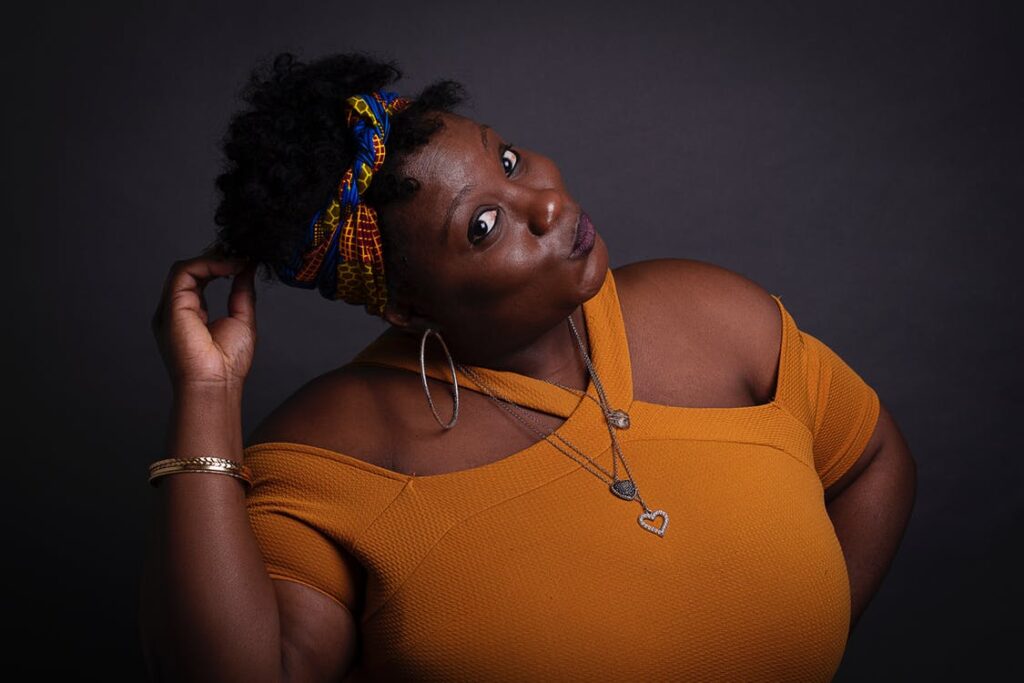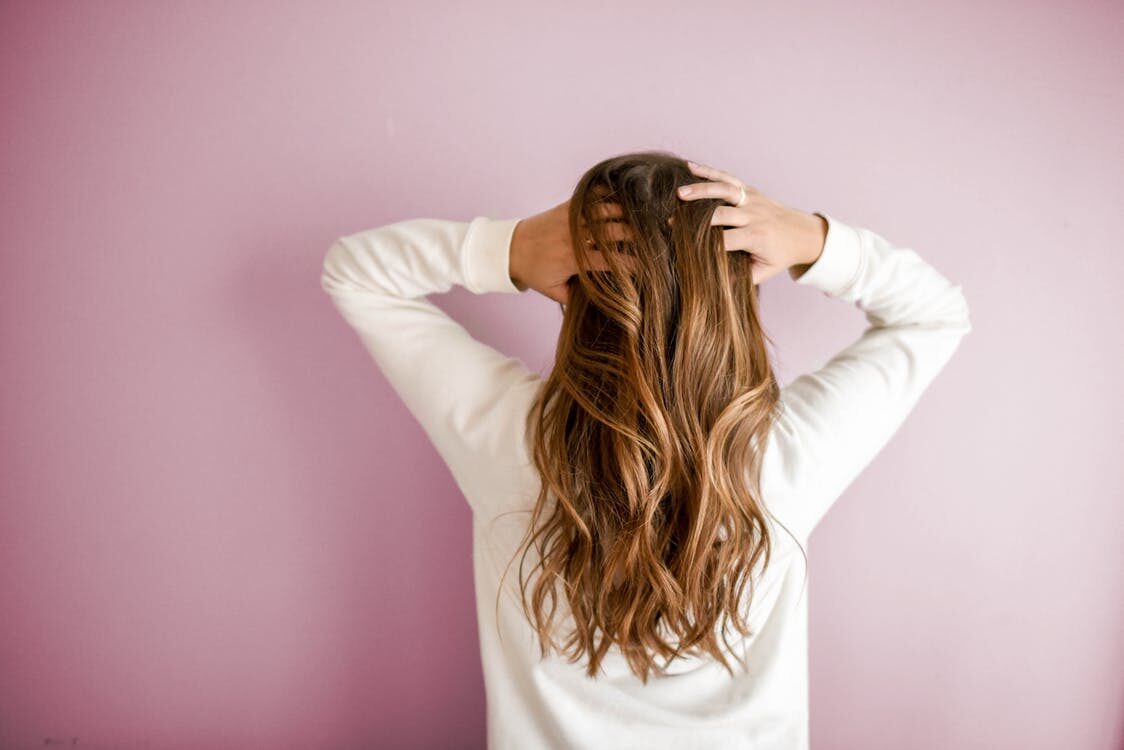Do you wish that your hair was stronger? Is it limp, lifeless, overly fine, brittle, frizzy or plagued by split ends? Does it fall too easily or are you concerned that it’s thinning? These concerns affect more people than you might expect. The good news is that there are some very effective solutions – as long as you’re willing to accept that they won’t work overnight.
Eat the right diet
Weak hair is often a symptom of poor general health. Staying well hydrated and eating a healthy diet is sometimes all that’s needed to resolve it. Eating enough protein is particularly important, and vegetable sources are as good as animal ones. Foods rich in biotin, such as eggs, nuts and avocados, can also make a big difference. You’ll need a good balance of other vitamins along with foods containing iron and zinc. Cutting out alcohol can help a lot, and although caffeine can be helpful when used in topical treatments for your hair and scalp, it’s a good idea not to drink too much of it.

Use the Viabrance system
Viabrance uses a system of three treatments designed to work together to improve scalp health and restore healthy hair. It delivers nutrients directly to where they’re needed and also contains minoxidil, which can even help to spur new growth in areas where hair has fallen out completely. New hair that grows in when you’re using this treatment will be thicker, healthier and more elastic, helping it to endure over time and, if you continue to use it, to grow longer than it could before. You can find lots of helpful information and tips about how to get optimum results on the official YouTube for Viabrance.

Be careful with chemicals
Even relatively gentle hair treatments can cause damage if used extensively over time. If you’re bleaching your hair or using dyes that list bleach among the ingredients, then you’ll gradually leave it more brittle no matter how much you condition it. For strong, healthy hair, it’s best to keep your use of any products beyond shampoo and conditioner to a minimum. Make sure that any that you do use are properly suited to your hair and skin type so that you don’t end up making your hair too oily or too dry, both of which can lead to long-term problems.
Keep it cool
Another common cause of hair damage is heat-based styling. Even simple blow drying can stress your hair over time, so it’s a good idea to try to get as much water out of your locks as possible by gently toweling it (patting and squeezing, not rubbing), rather than using a hairdryer for longer than necessary. If you really want to use heat-based styling aids, then apply a suitable heat-protective spray first. You should also be careful about the heat of the sun on hot days and wear a hat or use a gentle sunblock designed to be applied to hair.

Be smart about styling
Pulling back your hair into tight styles such as buns or cornrows can put a lot of stress on the roots, gradually causing follicles to loosen their grip so that hair falls out. If you have very long hair, especially if it’s also dark (which usually means that individual strands are thicker), then the simple weight of it can cause similar problems, especially if it’s weak already. Try to keep styles loose, consider a short style if you currently have a long one, and vary your style as often as possible so that any stress that it does cause will affect your hair in different ways at different times, giving it more opportunity to recover.
Don’t lose patience
If your hair is already quite badly damaged, then it may be difficult to repair hair that has already grown, though you can use volumizing shampoos and conditioners to cover up the appearance of damage (bear in mind that these also add weight). The approaches suggested here will get more impressive and much longer-lasting results, but you will have to wait for healthier hair to grow in, so don’t give up just because your hair doesn’t look better straight away. Keep up the approach you’ve chosen and you will see results in time.

All of the above solutions can be used together if you want, so think about how well they suit your lifestyle, and set your priorities accordingly. It also helps to work on general lifestyle issues such as quitting smoking or getting more exercise (which improves circulation and therefore scalp health). If you put in the effort, your hair will thank you for it.

